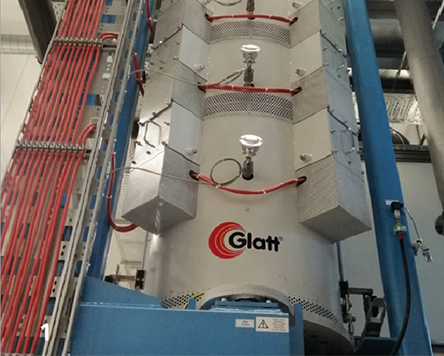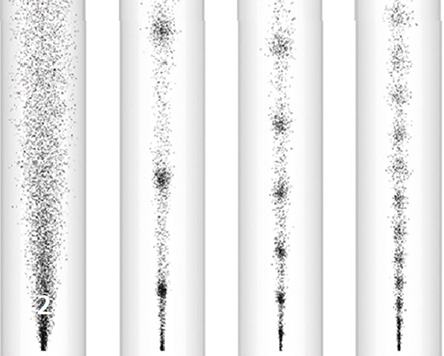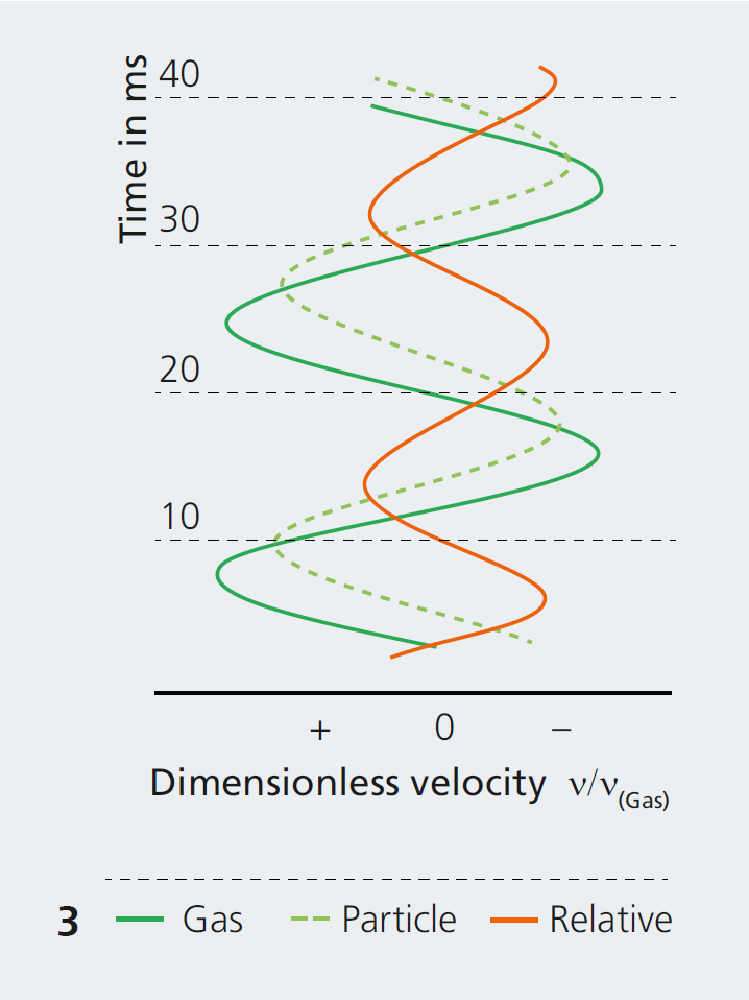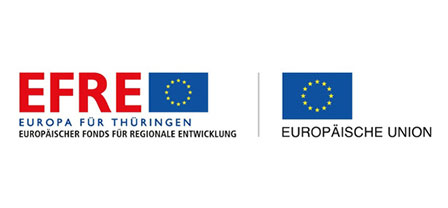


Achieving the high mechanical and optical properties of oxide high-performance ceramics requires specific powder properties. In addition to particle size (< 100 nm), a high degree of purity, a narrow particle size distribution and the particle shape play an important role. Fraunhofer IKTS has set up the world‘s first plant for the production of tailor-made, oxidic nanopowders on the kilogram scale based on a flameless concept with pulsating gas flow (ProAPP®, Glatt Ingenieurtechnik GmbH, Patent DE102018205152A1).
The synthesis method is based on spray pyrolysis, whereby the process gas is set into dynamic pressure oscillation by means of a pulsation unit. The frequency and amplitude can be adjusted from 0 to 400 Hz and 0 to 60 mbar, respectively. After a preheating period, the pulsating gas flows into a 4 m long tube made of Al2O3. It can be heated up to 1300 °C by electrically operated heaters. The starting material in the form of powders, a solution, suspension or emulsion is sprayed into the reaction chamber through a binary nozzle. The unique feature here is that the pulsation creates a turbulent flow which increases the heat and mass transfer by a factor of 2–5 compared with stationary heat supply [1]. This allows the thermal shock-like decomposition and the subsequent crystallization to take place in a very short time. In comparison with laminar flow, where the flow velocity increases towards the center of the cross section, the injected aerosols in turbulent flow experience a constant treatment intensity over the cross section, so that each particle experiences the same conditions. This makes powder properties less scattered. Depending on the product requirements, the process gas can be selected as inert, reducing or oxidizing. The process parameters can be adjusted in a controlled way, making it possible to specifically influence phase state, morphology, particle size and distribution. After the reaction zone, abrupt air-cooling ensures that no further reactions take place. The synthesis reactor is supplemented by a glass apparatus for the preparation of precursors.
This process can for example be used to produce ZrO2/Al2O3 powders for joint replacements, which provide increased strength and reliability thanks to their fine microstructure. Polycrystalline Mg-Al-Spinel powders can be processed into lenses or disks and guarantee high transmission values combined with superior mechanical properties. This process also offers the possibility of synthesizing powders for YAG lasers, catalysts and core-shell particles.
[1] Kudra, T.; Mujumdar, A.S. Advanced Drying Technologies, 2nd ed.; CRC Press: Boca Raton, FL, USA, 2009.

